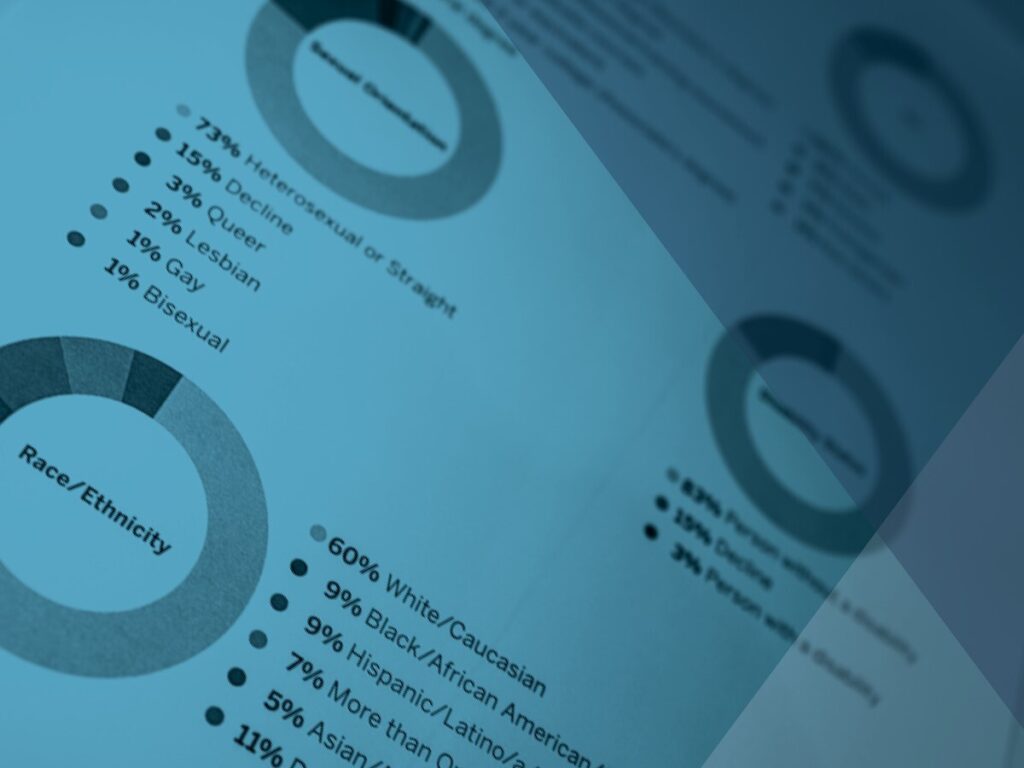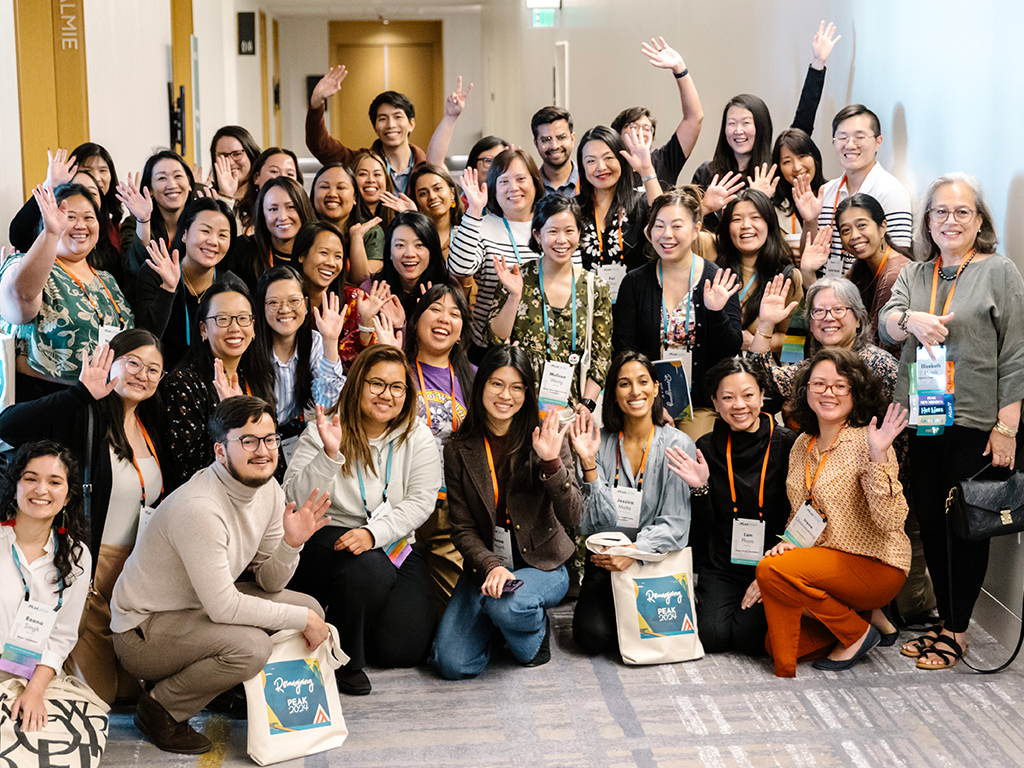
The summer of 2020 was a time of reckoning for us all, but especially those in philanthropy. We scuttled to change our practices to meet the moment. We simplified our applications. We reached out to peers to help us find organizations that we might have previously overlooked. And most of all, we tried to show ourselves and the world that our funding was aligned with our proclaimed values. But how did we widen our circle of giving to ensure that we were serving previously overlooked organizations and reach deeply into communities most affected by the pandemic?
2020 showed us how our information systems do not serve us in times of crisis. The first year of the pandemic drove home the importance of knowing who you are serving. This ensures that your funding is aligned with your values. (That said, the jury is still out on whether the sector actually moved money differently or significantly increased its funding for Black-led nonprofits or first-time grantees.)
What’s more, collecting vast amounts of information about each nonprofit in a laborious application process just does not cut it anymore, especially not with recent advances in technology. As consumers, we can use our social media credentials to log in to other platforms and port over our basic profile information. Yet in 2023, we are still cutting and pasting mission statements into hundreds of applications. But herein lies the tension. Funders need better data while simultaneously wanting to reduce the burden on nonprofit partners to collect and share the data.
Better demographic data practices
Increasingly, funders are finding themselves in an information ecosystem that is challenging them to align on common practices rather than rely on bespoke systems. Our partners at the Technology Association of Grantmakers conducted some groundbreaking research that asserts what we already suspected: Nearly 40 percent of grant applications are asking for the same types of information, only differently enough to cause our nonprofit partners unnecessary stress.
PEAK has been leading the charge on this front since 2019 and most recently did a deep dive into this topic with the 2022 release of our Driving Equity With Demographic Data Collection, which offers funders concrete action steps to help staff and leaders work through the fundamental questions and complex challenges of this work. And sector-wide attention to adopt better demographic data practices is critical because, let’s face it, you can’t change what you can’t see. “Without data, strategies to advance equity are uninformed and therefore unlikely to be effective,” Viewpoint Consulting’s Kelly Brown wrote in an article for our Journal. “Consequently, funders need to be clear upfront on how they will integrate demographic data into their processes to provide important insights on how their grant dollars are deployed and how to change and refine their strategies and approaches.”
Enter, Candid, with a promise to help resolve this tension—and a big promise it is. The initiative is called Demographics Via Candid, and our very own Satonya Fair recently participated in the launch event. “Lots of folks are trying to help people get started, so there’s a ton of support and thought leaders in this space,” she said during a panel.
Centralizing and standardizing information
Candid’s nonprofit profiles on GuideStar have long provided the opportunity for a nonprofit to complete demographic questions about the makeup of their staff and board. But Demographics Via Candid takes a movement-based approach to solving a remarkably simple need in our field: better centralizing and standardizing information so that it can be easily deployed efficiently where it is needed. Whether an individual foundation wants to understand its portfolio or a regional association of nonprofits wants to understand its membership, Candid is working intently to ensure that anyone can freely access this information in lieu of collecting it at an individual level.
Currently, anyone interested can request a flat-file download and a summary report of available data of your constituency. However, Candid plans to launch a free demographics application program interface (API) later this year. This will allow grants management systems to automatically call up this data throughout the grantmaking lifecycle. Foundant Technologies also participated in the launch event and has committed to providing this service for its clients. Be sure to check with your provider and see if they will be supporting this integration. Also, thanks to a generous grant from the Tableau Foundation, Candid is currently piloting a data visualization tool that allows anyone to run quick reports based on a pool of employer identification numbers (EINs). Just imagine being able to draw quick snapshots and watch progress over time without having to collect and aggregate data.
The opportunity is great here. But the promise of this initiative is only realized if we all agree to use this common standard. Candid has committed to doing its part to ensure that the information can be deployed, but funders need to encourage their nonprofit partners to complete their Candid profile so that their information is available for future use cases.
Done right, funders will get information when they need it, reduce the burden on their nonprofit partners, and the sector will start to see a national picture emerge that is rich for analysis. The Candid research team is already endeavoring to capture trends in the field and participate in efforts to leverage this data in meaningful ways. And PEAK Grantmaking stands as a committed partner to advancing this work.
For more information about the details of Demographics via Candid, PEAK members should visit candid.org/dvc or reach out directly to the partnerships team at Candid to inquire about participation at partnerships@candid.org.
This is a group effort. Let’s finally get this right!



